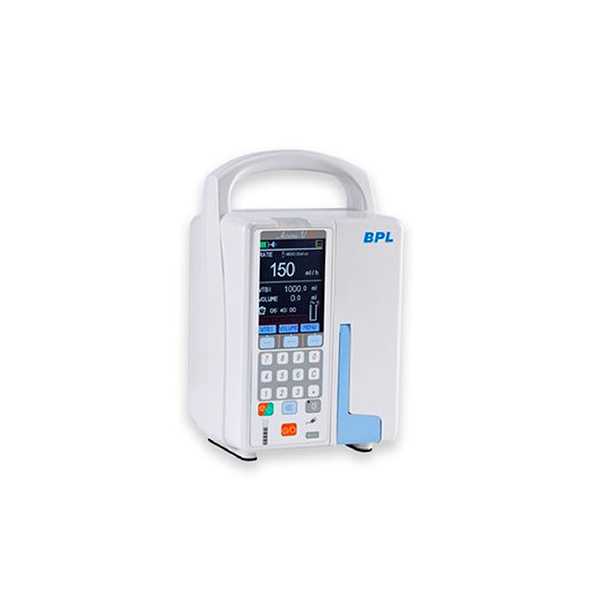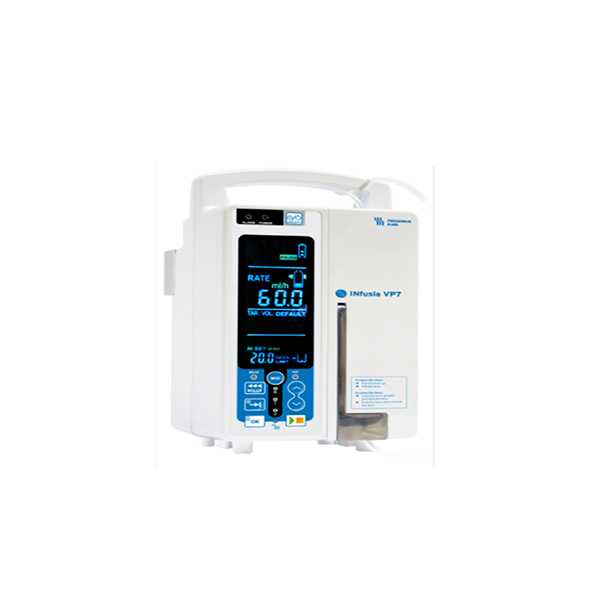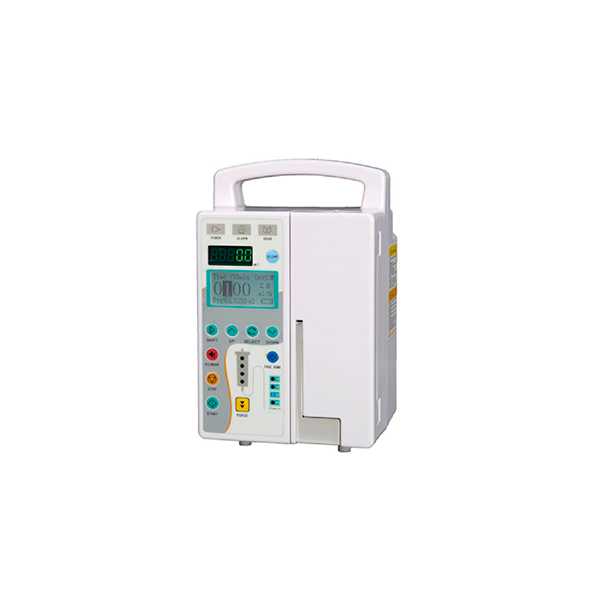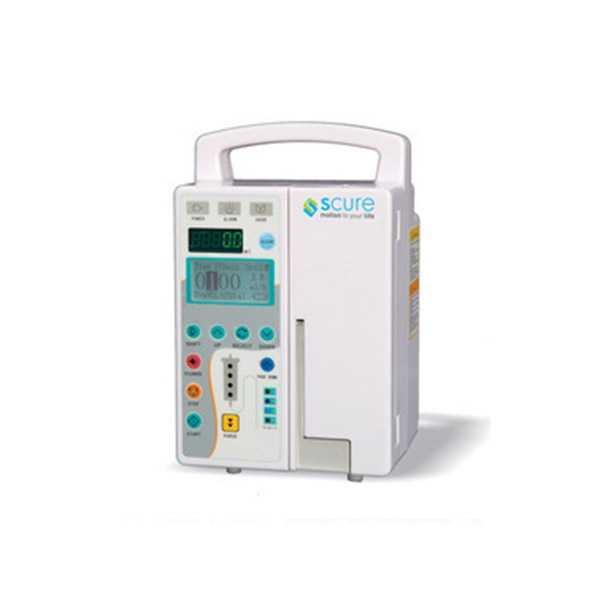infusion pump contec – sp750
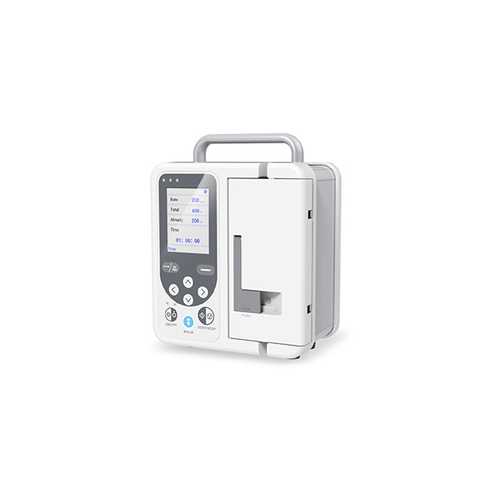
Purchase Price: ₹18000
Rental Price: ₹3500 for 7 days
* Talk to us to know about available packages.
description
At Portea, we offer infusion pumps for rent or purchase. Our volumetric infusion pumps are known for high safety, easy operation, and long life. With precise flow control and comprehensive alarm measures, we ensure patient safety and optimize therapeutic outcomes. Choose our reliable CONTEC brand infusion pumps for rent, designed to deliver accurate and effective medical treatments. Experience the convenience and quality of our infusion pump rental services or for purchase, bringing top-notch healthcare to the comfort of your home.
dimension
• Display Color LCD display (3.7 x 9.4 cm)
• Dimensions / Weight (L/W/H) 122 x 135 x 232 mm Voltage 100V — 240V
faqs
1. What is the infusion pump used for?
Infusion pumps are medical devices that deliver fluids, including nutrients and medications, into a patient’s body in controlled amounts. They are commonly used in clinical settings like hospitals, nursing homes, and even in-home healthcare. These pumps ensure precise and regulated administration of fluids, allowing for accurate dosing and continuous infusion, which is critical for patients requiring intravenous therapies or treatments.
2. What are the components of an infusion pump?
The components of an infusion pump include:
- Fluid Reservoir: This holds the fluids, such as medications or nutrients, to be delivered to the patient.
- Catheter: The catheter is a thin tube connecting the reservoir to the patient’s body to deliver the fluids.
- Precision Electronic Mechanism: It regulates the flow of fluids and ensures accurate dosing.
- High-Accuracy Sensors or Volumetric Metering Chamber: These components help control and regulate the flow rate of the fluids accurately.
- Stepper or Servo-Controlled DC Motor: Some infusion pumps use these motors to control the flow rate effectively.
3. What is the pressure of an infusion pump?
Infusion pumps are designed to deliver infusions at pressures ranging from 100 to 500mmHg (2 to 10psi). These pressures ensure the effective administration of fluids into the patient’s body. Reliable detection of infusion pressure and air in the line near the patient vessel being infused is also essential for patient safety and proper treatment delivery. Infusion pumps can maintain precise pressure levels, ensuring accurate and safe fluid delivery during medical procedures.
4. What is the risk of infusion pumps?
Infusion pump risks can result in over or under-infusion, potentially causing delays in therapy. Performance failures stem from various causes, including software defects, inadequate user interface design, and damaged mechanical parts like doors and latches. To ensure patient safety and accurate treatment delivery, it’s crucial to regularly inspect and maintain infusion pumps, address any issues promptly, and follow proper operating procedures and safety protocols during usage.
5. What sensors are used in infusion pumps?
TE (transducer element) sensors are used in infusion pumps for various purposes. Force sensors detect occlusions, ensuring no blockages in the medication delivery tube. Air bubble detectors can identify any interruption in the flow of liquid, detecting the presence of air bubbles. These sensors play a critical role in maintaining accurate and safe delivery of fluids to patients, helping to prevent potential complications and ensuring optimal infusion therapy.
Doctor Consultation
Nursing
Physiotherapy
Trained Attendant
Elder Care
Mother & Baby Care
Lab Tests
Medical Equipment
Speciality Pharma
Critical Care

